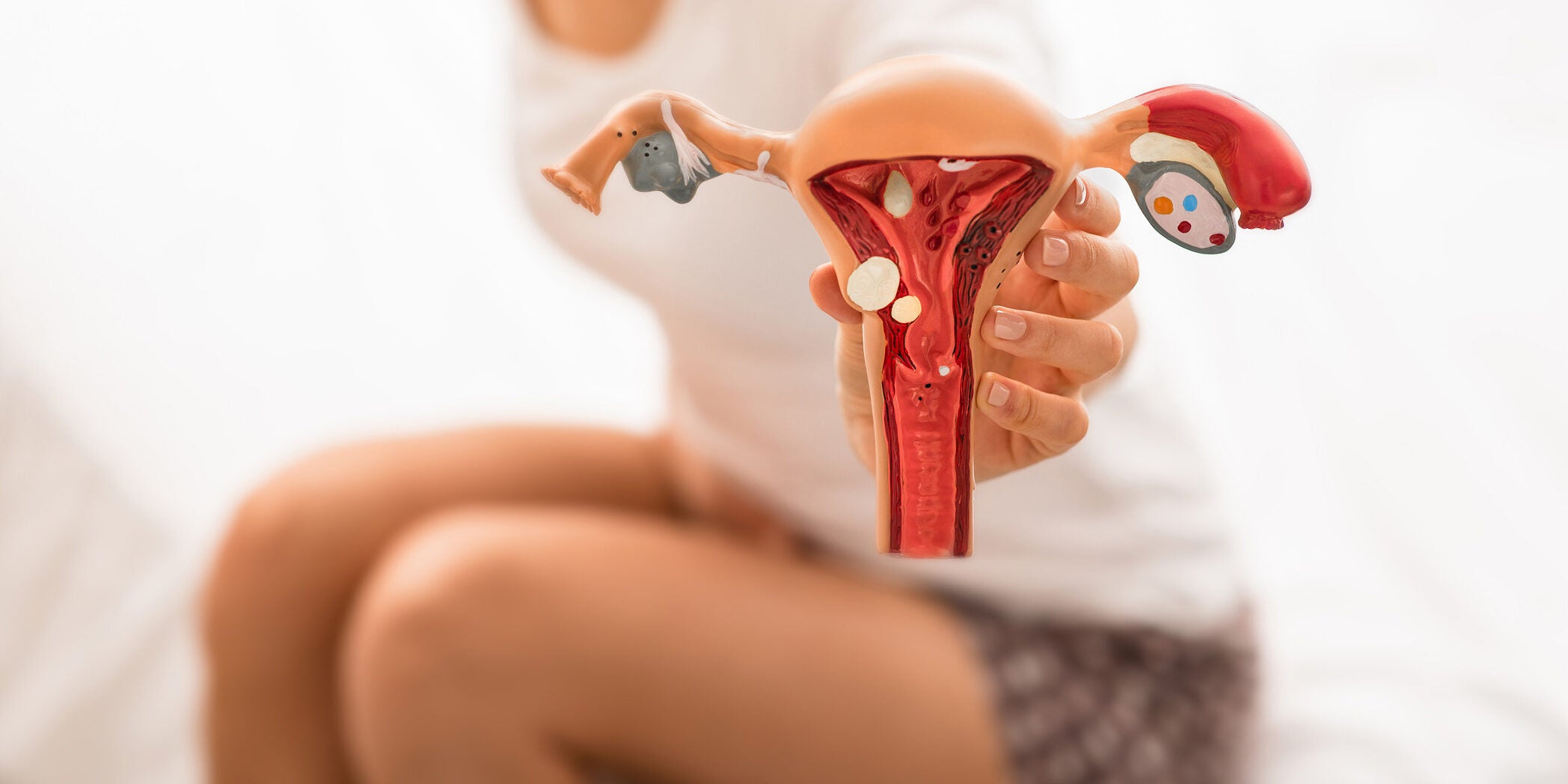What is endometriosis?

We've probably all heard the word endometriosis at some point, but unless you have or have someone close to you who does, we don't know much about this disease. Endometriosis affects approximately 176 million women worldwide and occurs when cells that normally grow inside the uterus (endometrium) begin to grow outside of it, affecting the reproductive organs. This similar tissue continues to act as if it were inside the uterus: it thickens, breaks down, and bleeds with each menstrual cycle. But with no way out of the body, it can become irritated, scar, and create adhesions that can cause tissues and organs to stick together.
Endometriosis is a difficult disease to understand
From a woman's perspective, endometriosis remains a disease surrounded by taboos, myths, late diagnoses, unpredictable treatments and lack of awareness, accompanied by a wide variety of symptoms that represent a stubborn, frustrating and, for many, painful chronic condition. .
For the medical community it continues to be a difficult disease to diagnose, where the cause is unknown and there is no effective treatment for all patients.

The symptoms of endometriosis are very varied. (Picture of Pexels )
It can have very different symptoms
Endometriosis can present with symptoms as varied as high fever, chronic fatigue, gastrointestinal symptoms, and debilitating pain that may lead some women to visit hospital emergency rooms.
Some of the most common are:
- Menstrual pain or cramps (dysmenorrhea)
- heavy periods
- excessive bleeding
- Pain when having sex
- Diarrhea, constipation, bloating, or nausea

Endometriosis does not show up on imaging tests in the early stages. (Picture of Freepik )
It is a difficult disease to diagnose.
Although endometriosis affects 1 in 10 women of reproductive age, it remains a difficult disease to diagnose; some studies show that, on average, women can take seven and a half years to get a diagnosis. Why? Unfortunately, there are still misconceptions around endometriosis within the medical community, even in society at large, that prevent people from getting the help they need.
Because there is no simple test that can be used to diagnose endometriosis and symptoms such as menstrual pain are still not given adequate importance by some professionals, patients may have to endure their symptoms for years without getting help or response.
Endometriosis does not show up on imaging tests (ultrasound or MRI) in the early stages, requiring more invasive tests and making preserving fertility more difficult.

No woman is too young to get endometriosis. (Picture of Pexels )
No one is "too young" to have endometriosis
Many professionals still do not consider a diagnosis of endometriosis when adolescents and young women present with complaints of menstrual pain, pelvic pain, and painful intercourse.
Unfortunately, this belief dates back to the 1970s when it could only be diagnosed by laparotomy, a major surgery that involved an incision in the abdomen and was recommended for women past reproductive age. Because of this, it was considered a disease of women between 30 and 40 years of age.
Recently, the Global Study of Women's Health, conducted at 16 centers in ten countries, showed that two-thirds of women sought help for their symptoms before the age of 30, with many experiencing symptoms from the start of their first period. .

Pregnancy can reduce symptoms but it is not a cure for endometriosis. (Picture of Freepik )
Pregnancy does not cure endometriosis
This seems to be another longstanding belief, because the increased progesterone levels of pregnancy may reduce some symptoms, but it is by no means considered a cure for the disease.
It must also be considered that endometriosis can cause infertility, between a third and a half of women with endometriosis could have the reproductive organs affected by the disease.
There is no single treatment
After there is a diagnosis of endometriosis, there are several treatments that depend on the medical approach that gives the severity of the symptoms, age, other pathologies and the desire to get pregnant. There are several alternatives for this disease:
- Analgesics and pain therapy: nonsteroidal anti-inflammatory drugs and other drugs to treat pain.
- Hormone therapy: Hormone therapy is sometimes effective in reducing pain and symptoms of endometriosis by slowing tissue growth and preventing new implantations. Hormone therapy is not a definitive treatment, the symptoms may reappear.
- Conservation surgery: with this surgery, an attempt is made to remove the endometriosis implants, trying to preserve the uterus and ovaries. It can be performed by laparoscopy or traditional abdominal surgery.
- Assisted reproduction treatments: depending on the situation, it can help patients to get pregnant.
There are also alternative and complementary therapies that patients can turn to. In this case, we always recommend going to professionals, getting very well informed and evaluating the alternatives:
- Acupuncture.
- Massage to help with tension, pain and improve quality of life.
- Chinese medicine herbal treatments and other therapies.
- Changes in lifestyle, diet and the use of some antioxidants such as: omega 3, turmeric and resveratrol.
You are not alone
If you have been faced with a diagnosis of Endometriosis we want you to know that you are not alone and that there are several organizations, support groups and professional groups that can help you or where you can find reliable information:
- Tags: consejos salud endometriosis salud
0 comments



